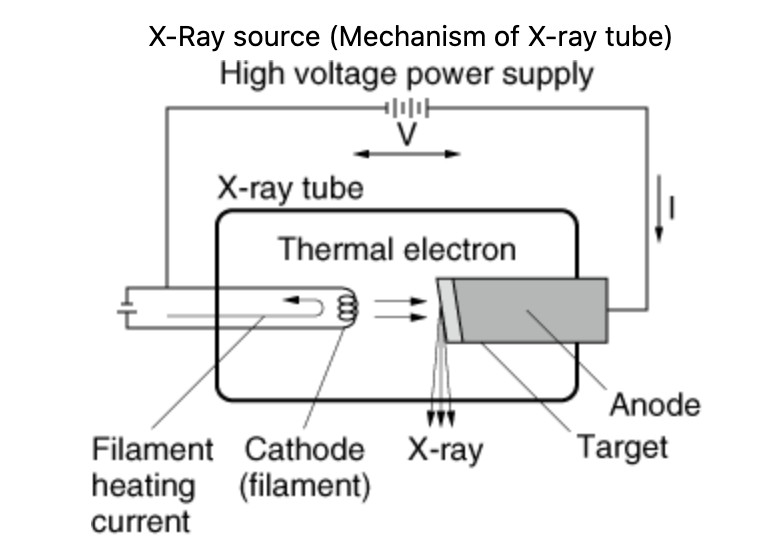Classification of X-ray Tubes
According to the way of generating electrons, X-ray tubes can be divided into gas-filled tubes and vacuum tubes.
According to different sealing materials, it can be divided into glass tube, ceramic tube and metal ceramic tube.
According to different uses, it can be divided into medical X-ray tubes and industrial X-ray tubes.
According to the different sealing methods, it can be divided into open X-ray tubes and closed X-ray tubes. Open X-ray tubes require constant vacuum during use. The closed X-ray tube is sealed immediately after vacuuming to a certain extent during the production of X-ray tube, and there is no need to vacuum again during use.

X-ray tubes are used in medicine for diagnosis and treatment, and in industrial technology for non-destructive testing of materials, structural analysis, spectroscopic analysis and film exposure. X-rays are harmful to the human body, and effective protective measures must be taken when using them.
Structure of fixed anode X-ray tube
Fixed anode X-ray tube is the simplest type of X-ray tube in common use.
The anode consists of anode head, anode cap, glass ring and anode handle. The main function of the anode is to block the high-speed moving electron flow by the target surface of the anode head (usually a tungsten target) to generate X-rays, and to radiate the resulting heat or conduct it through the anode handle, and also absorb secondary electrons and scattered electrons. Rays.
The X-ray generated by the tungsten alloy X-ray tube only utilizes less than 1% of the energy of the high-speed moving electron flow, so heat dissipation is a very important issue for the X-ray tube. The cathode is mainly composed of a filament, a focusing mask (or called a cathode head), a cathode sleeve and a glass stem. The electron beam bombarding the anode target is emitted by the filament (usually tungsten filament) of the hot cathode, and is formed by focusing by the focusing mask (cathode head) under the high voltage acceleration of the tungsten alloy X-ray tube. The high-speed moving electron beam hits the anode target and is suddenly blocked, which produces a certain section of X-rays with continuous energy distribution (including characteristic X-rays reflecting the anode target metal).
Post time: Aug-05-2022

